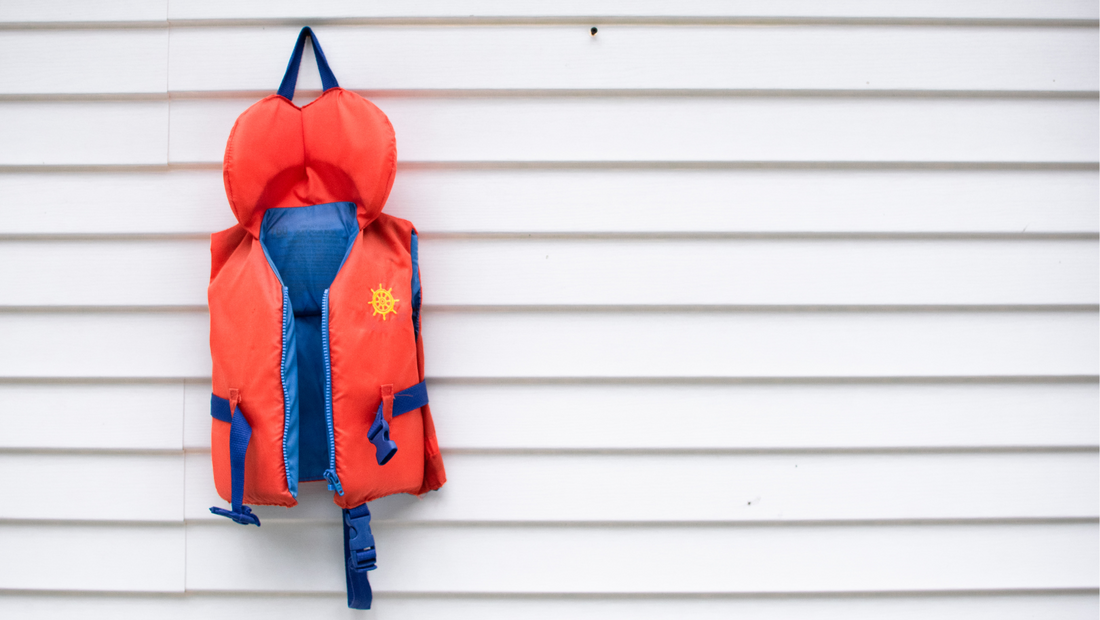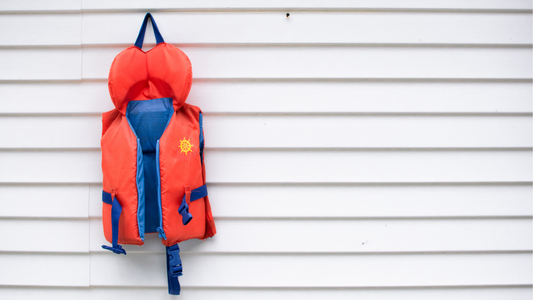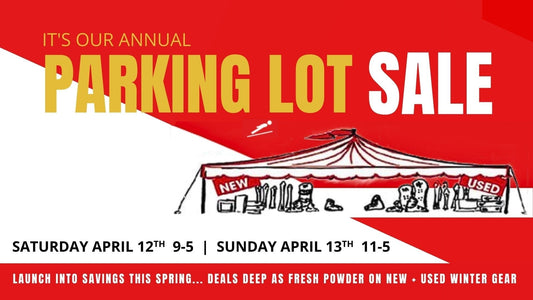Essential boat safety basics for all vessels on the water motorized or non (boaters, kayakers, stand up paddleboarders SUP) include wearing a life jacket at all times, avoiding alcohol and drugs while boating, checking the weather forecast, and carrying proper safety equipment. It's also crucial to complete a pre-departure checklist, file a float plan with someone ashore, and be aware of your vessel's limitations and the surrounding waterway.
Transport Canada's Safe Boating Guide
KEY SAFETY PRACTICES
- Always Wear A Life Jacket - Always wear a properly fitted life jacket or Personal Flotation Device (PFD)
CHECK OUT OUR SELECTION OF PFD's HERE
WE EVEN HAVE THEM FOR YOUR FURRY FRIENDS!
- Avoid Alcohol and Drugs - Operating a boat under the influence is illegal and dangerous
- Check Weather Conditions - Monitor weather conditions before and during your trip
- Have Proper Safety Equipment - Ensure your vessel has all required safety equipment. Motorized vessels should have a fire extinguisher, life jackets, flares, towing gear, first aid kit and a radio. Non-motorized should have life jackets, whistle, bailer, and tow rope. Know how to use your safety equipment
- File a Float Plan - Leave a detailed trip plan with someone including your route and estimated time back
- Be Aware of Your Vessels Limits - know your vessels capacity and do not exceed it
- Know the Rules of the Road and Obtain Your Boating License - It is required all motorized pleasure craft operators obtain their Pleasure Craft Operation Card (PCOC) through Boating BC. It is recommended non motorized operators obtain theirs too to better familiarize themselves with the rules of the road to practice safe navigation
DID YOU KNOW YOU CAN OBTAIN YOUR PADDLER LICENSE NOW TOO???
CLICK HERE TO TAKE THE PADDLERsmart! COURSE!




